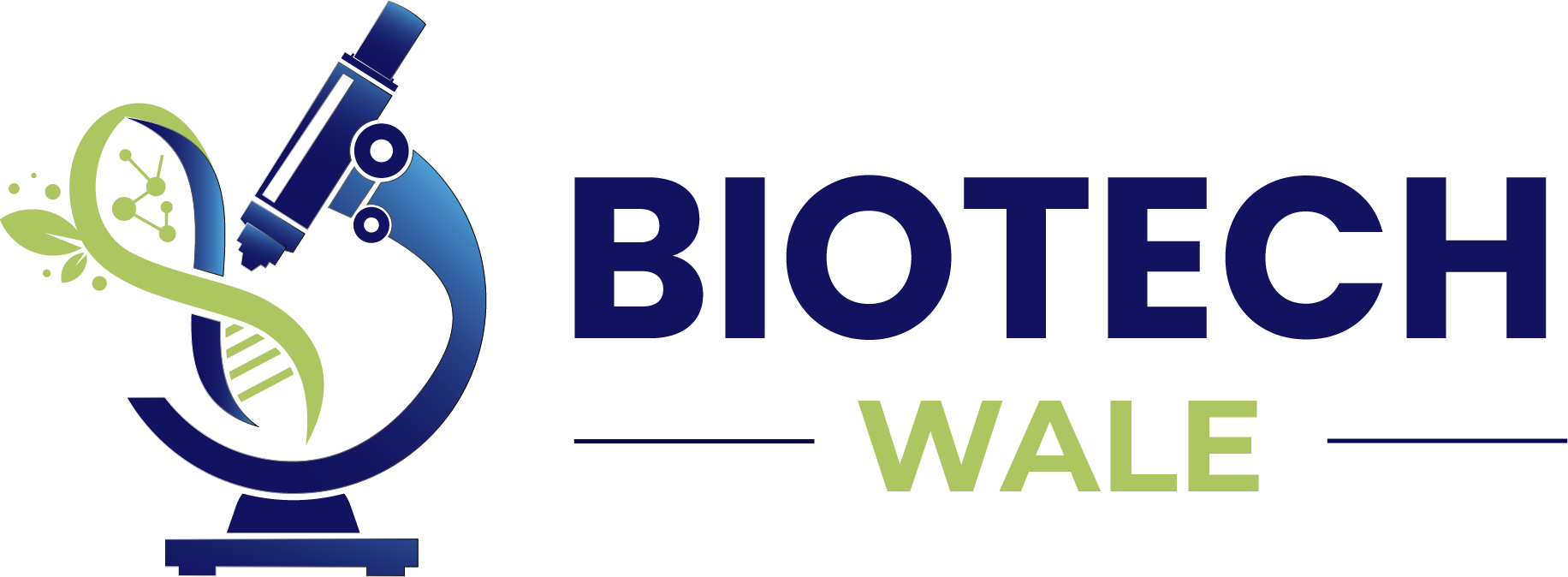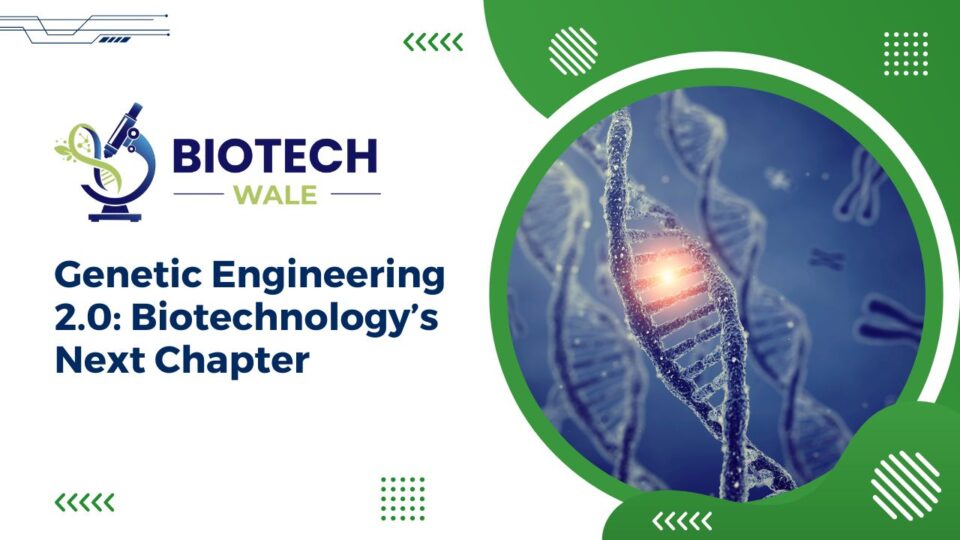Introduction to Genetic Engineering
Welcome to the exciting world of Genetic Engineering 2.0, where science fiction meets reality! Imagine a realm where scientists can manipulate genes with precision, unlocking a new era of possibilities in biotechnology. From curing diseases to enhancing agriculture, the advancements in genetic engineering are reshaping the way we perceive and interact with living organisms. Join us on this journey as we explore the next chapter of biotechnology and delve into its promising future!
The History and Evolution of Genetic Engineering
Genetic engineering has a rich history that dates back to the 1970s when scientists first began manipulating DNA in a controlled environment. This groundbreaking discovery laid the foundation for the evolution of biotechnology as we know it today.
Over the years, genetic engineering techniques have advanced significantly, allowing researchers to modify organisms at a molecular level with precision and efficiency. From creating genetically modified crops to producing life-saving pharmaceuticals, the possibilities seem endless.
With each new breakthrough comes ethical debates surrounding genetic manipulation and its implications on society and the environment. As technology continues to progress, so do our responsibilities in ensuring its safe and ethical application.
The evolution of genetic engineering has opened doors to exciting advancements in biotechnology, paving the way for innovative solutions in healthcare, agriculture, and beyond. The journey from humble beginnings to Genetic Engineering 2.0 is nothing short of extraordinary.
What is Genetic Engineering 2.0?
Genetic Engineering 2.0 marks the next phase in biotechnology’s evolution, pushing boundaries and unlocking new possibilities. Unlike its predecessor, this advanced form of genetic manipulation harnesses cutting-edge technologies to enhance precision and efficiency.
With Genetic Engineering 2.0, scientists can now edit genes with unprecedented accuracy, opening doors to tailored treatments for a wide range of diseases. This innovative approach allows for targeted modifications at the molecular level, offering personalized solutions that were once considered science fiction.
By leveraging tools like CRISPR-Cas9 and gene drives, researchers are delving deeper into the intricate mechanisms of life itself. The potential applications of Genetic Engineering 2.0 extend beyond healthcare to agriculture, environmental conservation, and more – reshaping industries and challenging conventional norms.
As we embrace this new era of genetic engineering, it is crucial to navigate ethical considerations with caution while embracing the transformative impact it promises on society as a whole.
Advancements in Biotechnology
Biotechnology has come a long way since its inception, with rapid advancements shaping the landscape of genetic engineering. Scientists are now able to manipulate DNA with greater precision and efficiency than ever before. This has opened up new possibilities in various fields, from agriculture to medicine.
One key advancement is the development of CRISPR-Cas9 technology, which allows for targeted gene editing with unprecedented accuracy. This breakthrough has revolutionized the way genetic modifications are carried out, offering immense potential for treating genetic diseases and enhancing crop productivity.
In addition, biotechnologists are continuously exploring novel techniques such as synthetic biology and gene synthesis to engineer biological systems for specific purposes. These innovative approaches hold promise for creating custom-designed organisms tailored to meet diverse needs across industries.
The relentless pursuit of cutting-edge technologies in biotechnology is reshaping our understanding of genetics and opening doors to a future where we can harness nature’s building blocks in ways previously unimaginable.
Ethical Concerns Surrounding Genetic Engineering 2.0
As we delve into the realm of Genetic Engineering 2.0, it’s crucial to consider the ethical implications that come hand in hand with these advancements. The ability to manipulate genes and DNA brings forth a myriad of ethical dilemmas that society must grapple with.
One prominent concern is the issue of genetic discrimination – how will individuals be treated based on their genetic makeup? Will there be a divide between those who can afford genetic enhancements and those who cannot?
Another pressing matter is the possibility of designer babies – selecting specific traits for offspring raises questions about playing “the role of nature.” Are we overstepping boundaries by essentially customizing human beings?
Moreover, there are worries surrounding consent and privacy – how do we ensure that individuals fully understand and consent to any genetic modifications made? And what safeguards are in place to protect their genetic information from misuse or exploitation?
The road ahead for Genetic Engineering 2.0 is paved not only with groundbreaking discoveries but also with intricate ethical considerations that demand thoughtful reflection and dialogue from all stakeholders involved.
Potential Applications of Genetic Engineering 2.0
The potential applications of Genetic Engineering 2.0 are vast and groundbreaking. One area where it could revolutionize is agriculture, by creating crops with increased yields, resistance to pests, and tolerance to harsh environmental conditions. This could help address food insecurity worldwide.
In medicine, Genetic Engineering 2.0 offers the promise of personalized treatments tailored to an individual’s genetic makeup. This could lead to more effective therapies for diseases like cancer and genetic disorders.
Another exciting application is in biofuel production, where engineered microorganisms can efficiently convert renewable resources into sustainable energy sources.
Genetic Engineering 2.0 also has implications for environmental conservation by developing organisms that can remediate pollutants or restore ecosystems.
The possibilities are endless as we continue to unlock the full potential of biotechnology in this new era of genetic engineering.
Impact on Healthcare and Medicine
Genetic Engineering 2.0 is revolutionizing healthcare and medicine in ways we could have only imagined before. With the ability to modify genes, scientists are paving the way for personalized treatments tailored to an individual’s unique genetic makeup. This precision medicine approach holds great promise for treating a wide range of diseases, from cancer to rare genetic disorders.
Innovations in biotechnology are enabling researchers to develop more effective drugs with fewer side effects. By targeting specific genes or pathways involved in disease processes, these new therapies offer hope for patients who may have previously had limited treatment options.
Moreover, genetic engineering has opened up possibilities for early detection and prevention of diseases through advanced screening techniques. Identifying genetic predispositions allows healthcare providers to intervene proactively, potentially avoiding serious health complications down the line.
As we continue to unlock the potential of Genetic Engineering 2.0, the landscape of healthcare and medicine is undergoing a profound transformation that promises better outcomes and improved quality of life for countless individuals worldwide.
Future Possibilities and Limitations
The future of genetic engineering holds exciting possibilities that could revolutionize various industries. With advancements in biotechnology, the potential to enhance crop yields, develop new medicines, and even create biofuels from genetically modified organisms is within reach.
However, along with these promising opportunities come limitations and ethical considerations. The ability to manipulate genes at such a precise level raises concerns about unintended consequences and the long-term impact on ecosystems. Striking a balance between innovation and responsible use of genetic engineering will be crucial moving forward.
As technology continues to evolve, researchers are exploring ways to overcome current limitations such as off-target effects and regulatory challenges. By addressing these obstacles, the field of genetic engineering can continue to push boundaries and unlock new possibilities for the future.
It’s clear that while there is immense potential in Genetic Engineering 2.0, it will be essential to approach these developments thoughtfully and ethically in order to maximize benefits while minimizing risks.
Conclusion
Genetic Engineering 2.0 represents a significant leap forward in biotechnology, paving the way for groundbreaking advancements and innovations in various fields. As scientists continue to push the boundaries of genetic engineering, we can expect to witness remarkable developments that have the potential to revolutionize healthcare, agriculture, and numerous other industries. While there are valid ethical concerns surrounding the technology, it is crucial to approach these advancements with careful consideration and thoughtful regulation.
As we embark on this new chapter in genetic engineering, it is essential to remain vigilant about both the possibilities and limitations that come with such powerful tools. With responsible practices and continued research, Genetic Engineering 2.0 holds immense promise for shaping a brighter future for humanity.
Stay informed, stay curious, and embrace the exciting journey ahead as we explore the endless possibilities of Genetic Engineering 2.0!





Average Rating